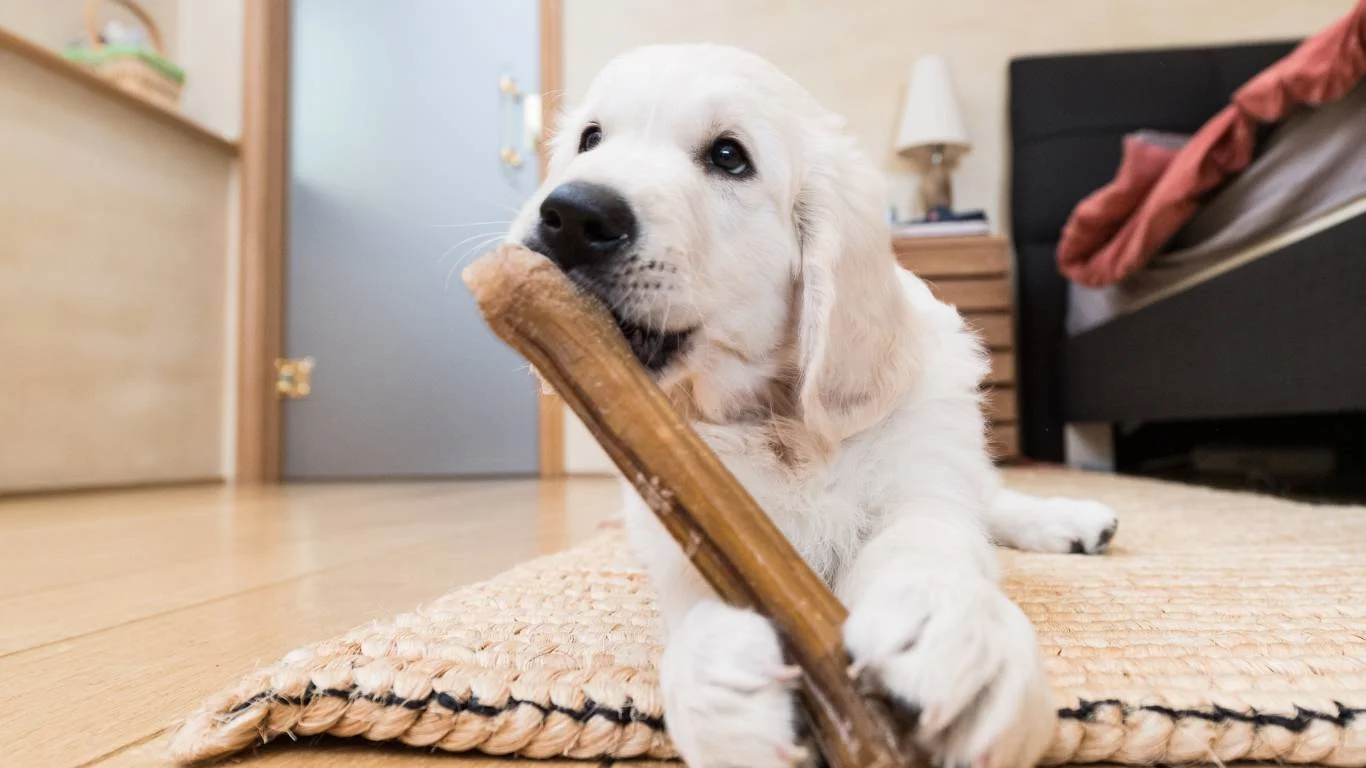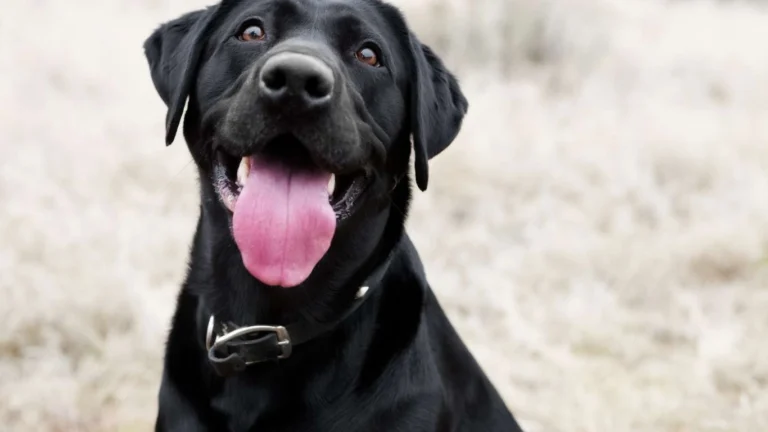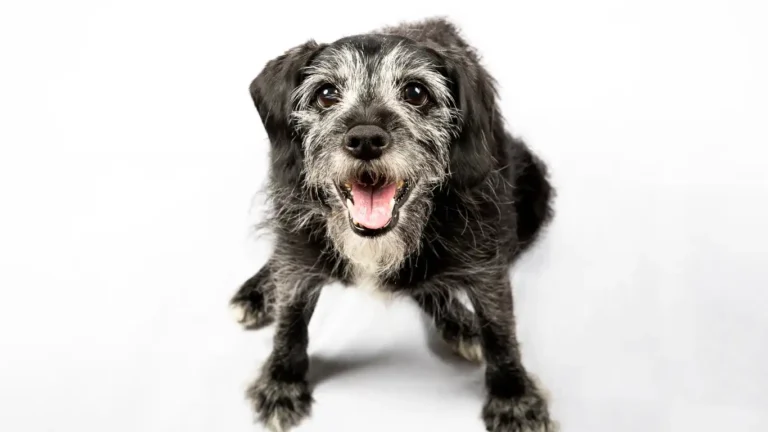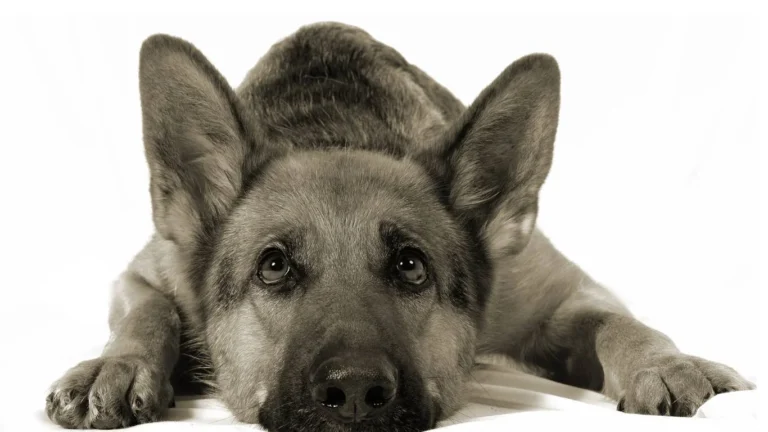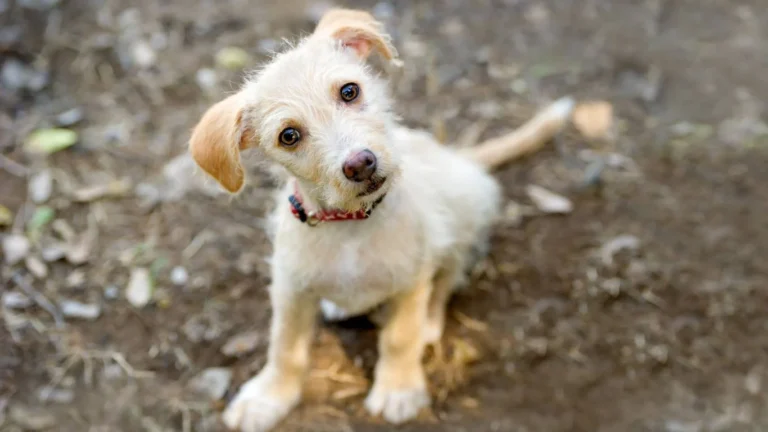Ultimate Guide to How to Prevent Skin Infections in Wrinkly Dog Breeds
Wrinkly dog breeds like Bulldogs, Shar Peis, and Pugs are irresistibly cute with their charming rolls and folds, but those same features can also be a breeding ground for pesky skin infections. If you’ve ever dealt with redness, gunky buildup, or a strong odor between those wrinkles, you know it’s not just unpleasant—it’s uncomfortable for your pup too. So let’s dig into how to prevent skin infections in wrinkly dog breeds, a topic I’ve gotten pretty passionate about after years of working as a veterinary assistant with a focus on pet nutrition.
Why Wrinkles Can Spell Trouble for Dog Skin Health
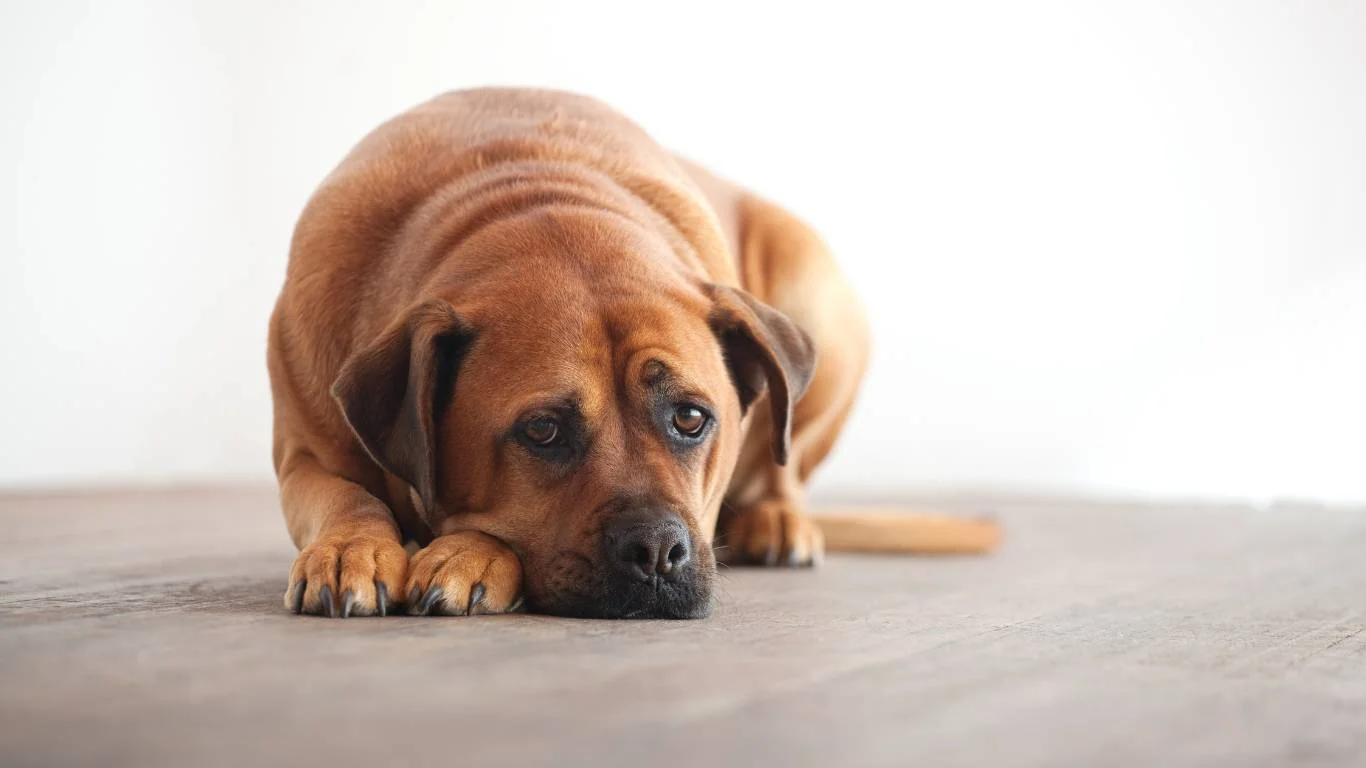
Wrinkly skin might be adorable, but it creates the perfect damp, dark environment where bacteria and yeast thrive. When debris, moisture, and natural skin oils build up in those folds, it doesn’t take long before irritation or infection sets in. I’ve seen it firsthand with Shar Peis who come in scratching their faces raw, or English Bulldogs with red, inflamed jowls. It’s heartbreaking, and usually totally preventable with the right care routine.
Common Skin Problems in Wrinkly Breeds
- Intertrigo (skin fold dermatitis) – inflammation caused by skin rubbing and trapping moisture
- Yeast infections – characterized by a musty smell, greasy skin, and itching
- Bacterial infections – often showing as pustules, redness, or crusty spots
These aren’t just cosmetic issues—they can be painful, cause behavioral changes, and lead to secondary complications if left untreated. That’s why prevention is so much better (and cheaper!) than treatment.
Daily Wrinkle Care: Your First Line of Defense
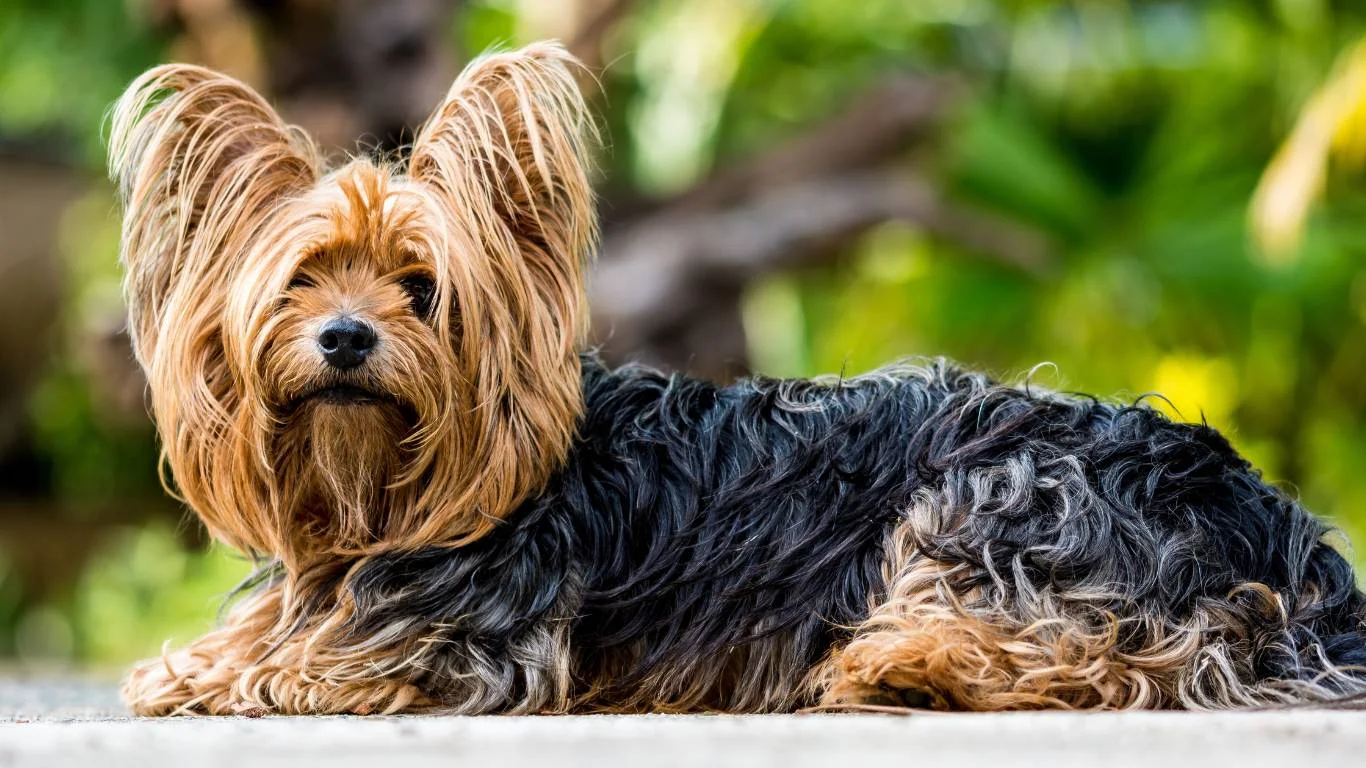
One thing I always tell pet parents in the clinic is that wrinkle care doesn’t have to be complicated, but it does have to be consistent. If you treat your dog’s skin folds like a part of your daily grooming ritual, you’ll nip most issues in the bud.
Here’s what a basic daily routine might look like:
- Inspect the wrinkles daily – especially after outdoor play or meals
- Clean with a gentle, dog-safe wipe – unscented baby wipes or vet-approved solutions are best
- Dry thoroughly – moisture is the enemy, so pat everything dry with a clean towel
- Apply a barrier balm if needed – ask your vet for recommendations for soothing ointments
With one Bulldog I worked with, we noticed his chin and face folds always got worse after he ate. Turns out, food bits were getting trapped in his wrinkles! Once his owner started wiping him down after meals, his flare-ups almost completely stopped. Small changes make big differences.
Feeding for Healthy Skin Starts from the Bowl
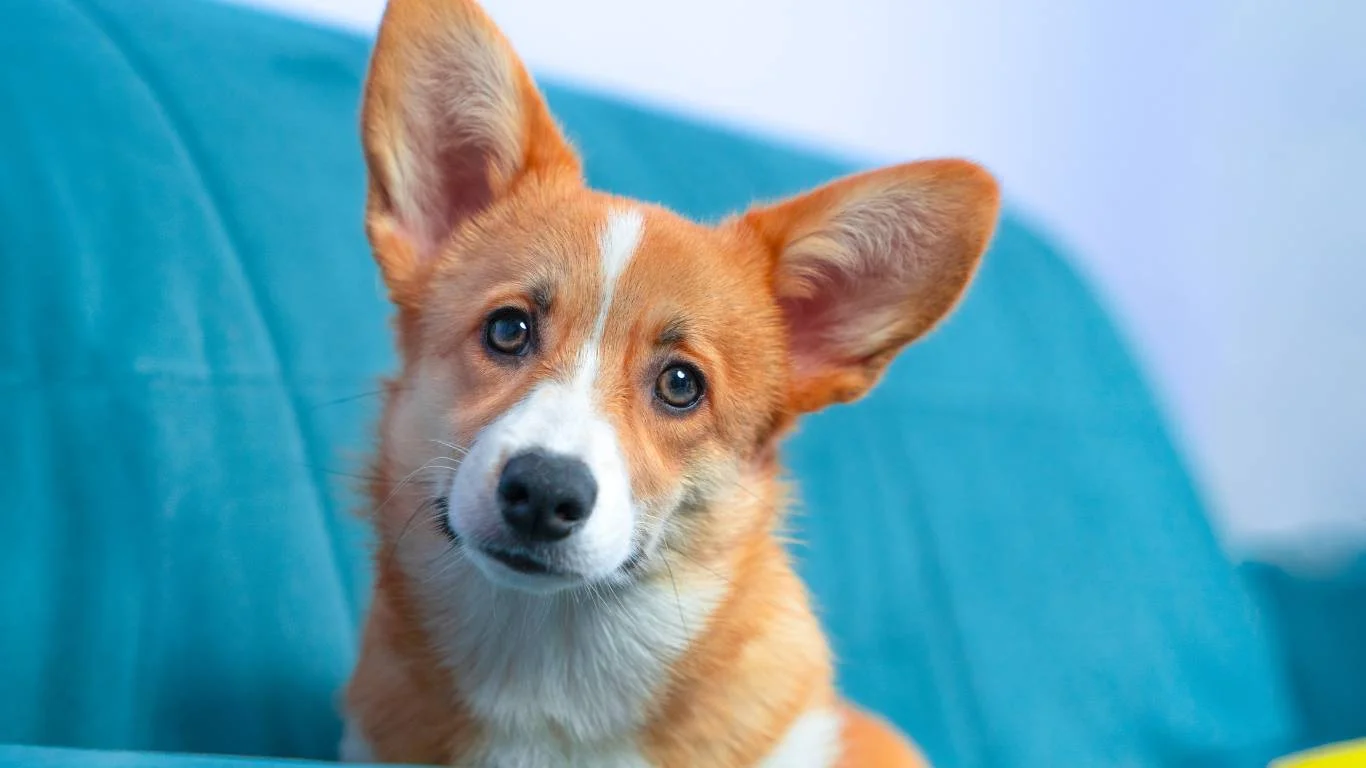
This is where my nutrition background really comes in handy. You can clean and care for the skin all you want, but if your pup’s diet is lacking, you’re only doing half the job. Skin health is directly tied to what your dog eats, and poor nutrition shows up fast in wrinkle-prone dogs.
Key Nutrients for Wrinkle-Resistant Skin
- Omega-3 fatty acids – reduce inflammation and improve skin elasticity
- Zinc and Biotin – critical for skin repair and barrier function
- High-quality protein – necessary for tissue regeneration and healing
When I worked with a Pug who had chronic fold infections, switching her to a salmon-based, high-omega diet made a night-and-day difference. Combine good food with daily care and you’ve got a winning formula. Just don’t forget to read ingredient labels—some commercial kibbles are full of fillers that can worsen skin issues.
Bath Time Tips for Wrinkly Dogs (Without the Drama)
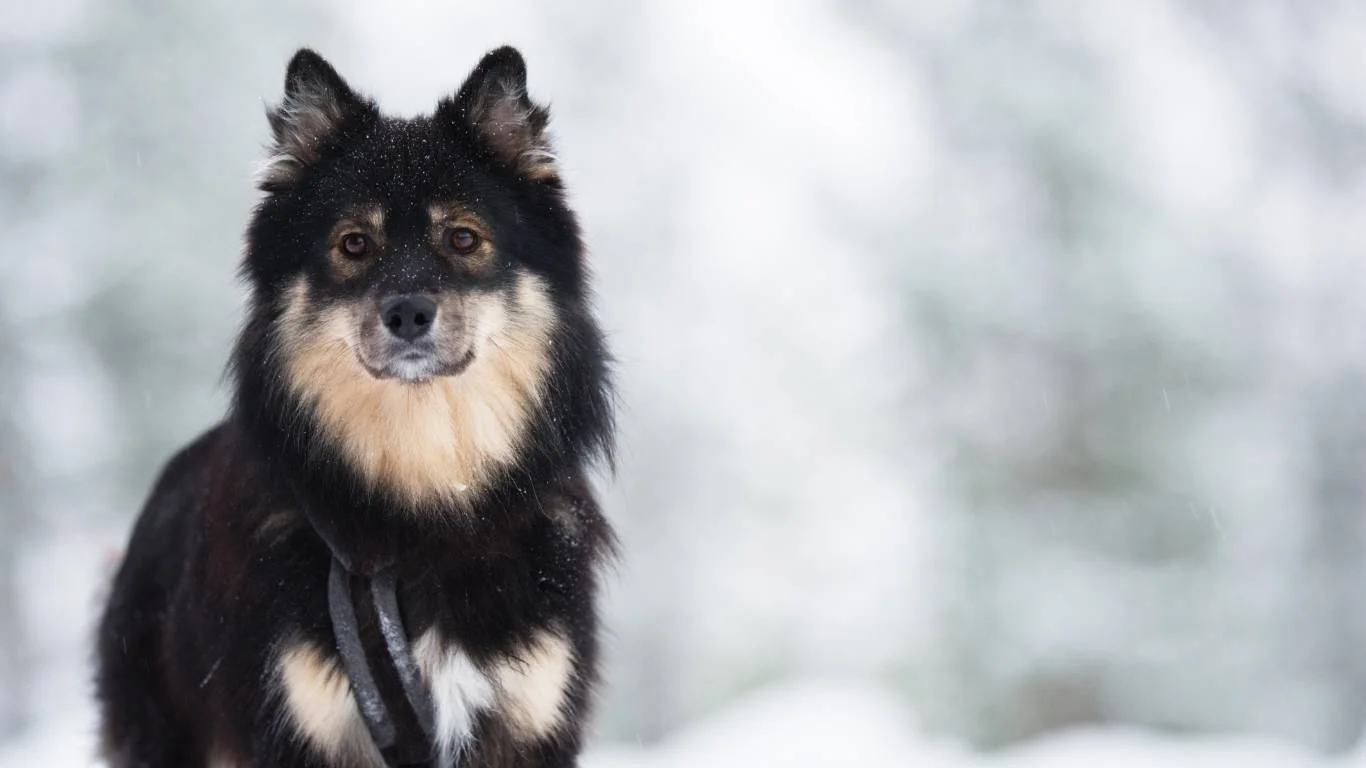
Let’s be real—bathing a wrinkly dog can feel like trying to clean a toddler who’s had a little too much sugar. They squirm, shake, and somehow always find a way to soak you more than themselves. But bathing is a key part of how to prevent skin infections in wrinkly dog breeds, especially when it’s done right. You don’t need to overdo it—usually once every two to four weeks is enough—but how you bathe them matters just as much as how often.
What to Use (and Avoid)
- Use a mild, vet-recommended shampoo – Hypoallergenic and moisturizing formulas are best
- Avoid human shampoos – They mess with your dog’s skin pH and can make irritation worse
- Don’t forget the wrinkles! – Gently clean inside each fold with a soft cloth or sponge
One tip from my own routine: I keep cotton pads nearby to wipe and dry each fold after rinsing. It’s a little extra effort, but way better than letting water sit in there and create a mini swamp. And believe me, the stink of a wet-wrinkle infection is unforgettable.
Environmental Triggers: What’s Around Them Matters
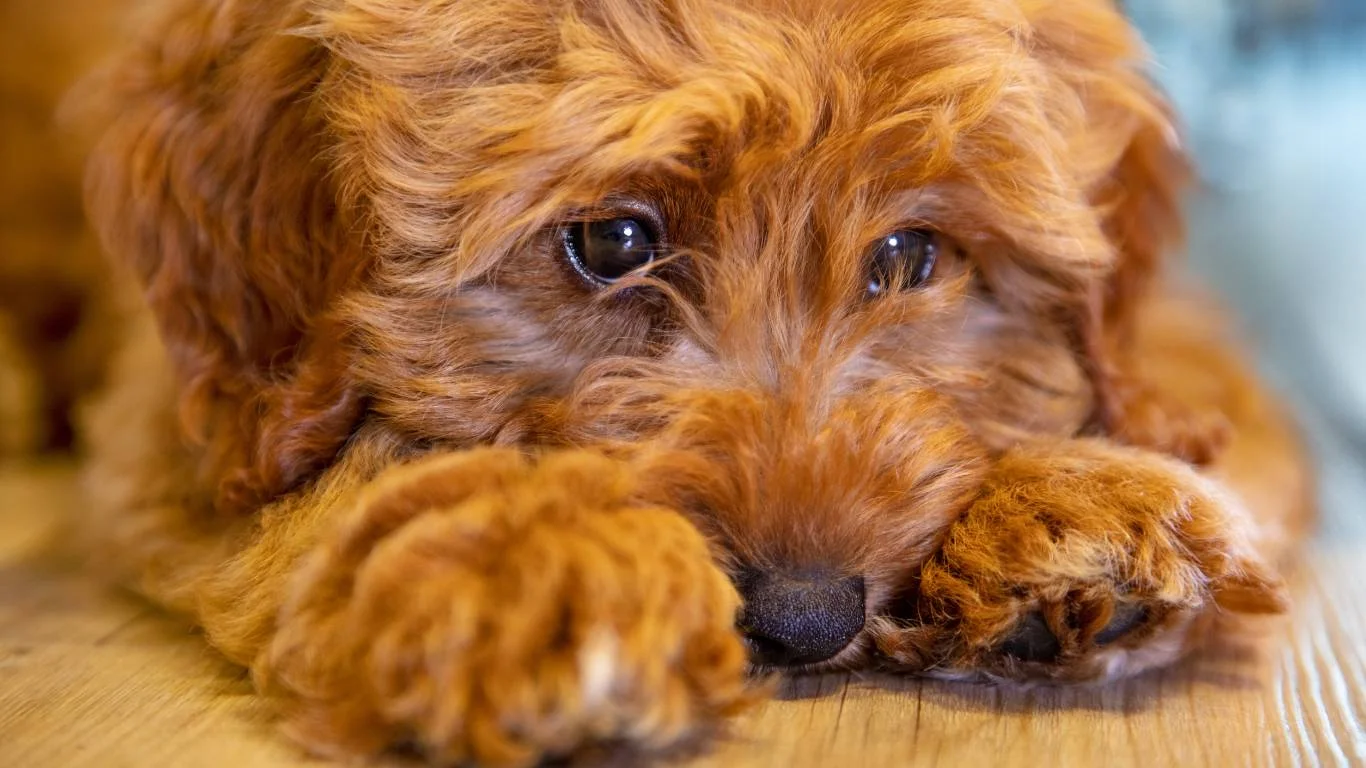
While skin infections might seem like a grooming issue, your pup’s environment plays a bigger role than most people realize. I’ve worked with dogs who had spotless hygiene habits but still kept flaring up—turns out the culprit was their bed or even the grass they rolled around in.
Things to Keep an Eye On:
- Wash bedding weekly – Dirt, drool, and allergens love to hang out there
- Limit time in tall grass or muddy areas – Especially after rain, those spots are bacteria playgrounds
- Clean food and water bowls daily – Especially for brachycephalic breeds that eat messy
I had a sweet Frenchie patient once who kept getting face fold infections. After some back and forth, we found that her plastic food bowl had tiny cracks that were harboring bacteria. A quick switch to a stainless steel bowl fixed the issue almost overnight. It’s little things like that that can make a huge difference!
When to Call the Vet (Don’t Wait Too Long)
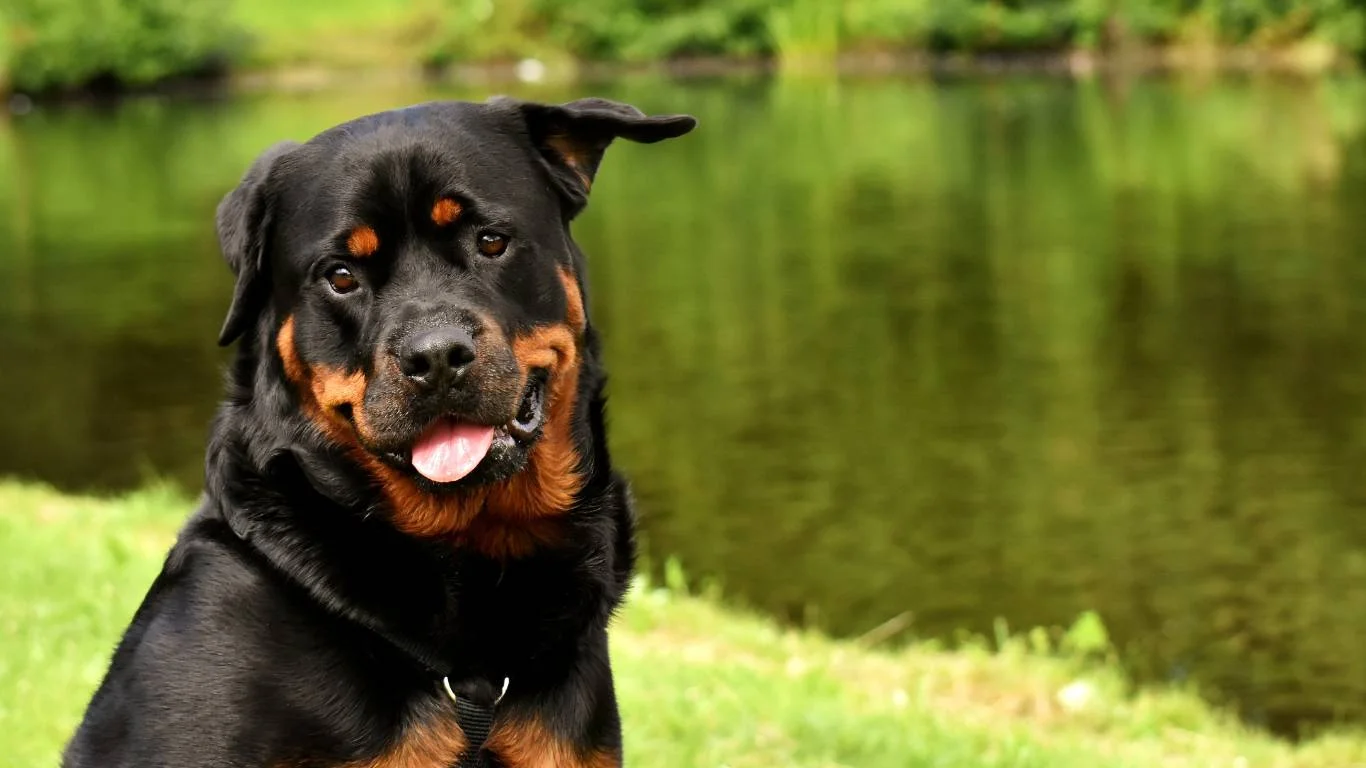
As much as we’d all love to solve every issue at home, some situations really do need professional help. If you spot any of the following signs, don’t hesitate—get your pup to the vet:
- Foul smell coming from folds
- Visible pus or oozing
- Bleeding or scabbing
- Extreme redness or swelling
- Your dog is obsessively scratching or rubbing the area
Trust me, infections escalate quickly in wrinkle zones. I’ve seen dogs go from a little redness to full-blown infections in just a few days. And it’s no fun for them—or your wallet. The earlier you catch it, the easier (and less expensive) the treatment usually is.
Supplements That Support Skin Health from the Inside Out
Okay, back to nutrition for a sec—because supplements can really be a game changer for wrinkly breeds. I always recommend speaking to your vet before adding anything, but here are a few options that I’ve seen work wonders:
Skin-Boosting Supplements to Consider
- Fish Oil (Omega-3) – Helps fight inflammation and supports skin elasticity
- Probiotics – Keeps the gut microbiome healthy, which impacts skin health
- Vitamin E – Known for promoting skin healing and hydration
- Collagen – Helps maintain skin structure, especially in aging dogs
I once worked with a senior Shar Pei who had dry, flaky folds that just wouldn’t heal. After getting him on a quality fish oil and probiotic combo (with his vet’s approval), the difference in a month was amazing. His skin was less inflamed, and those folds stayed cleaner between cleanings.
Lifestyle Changes That Make a Big Difference
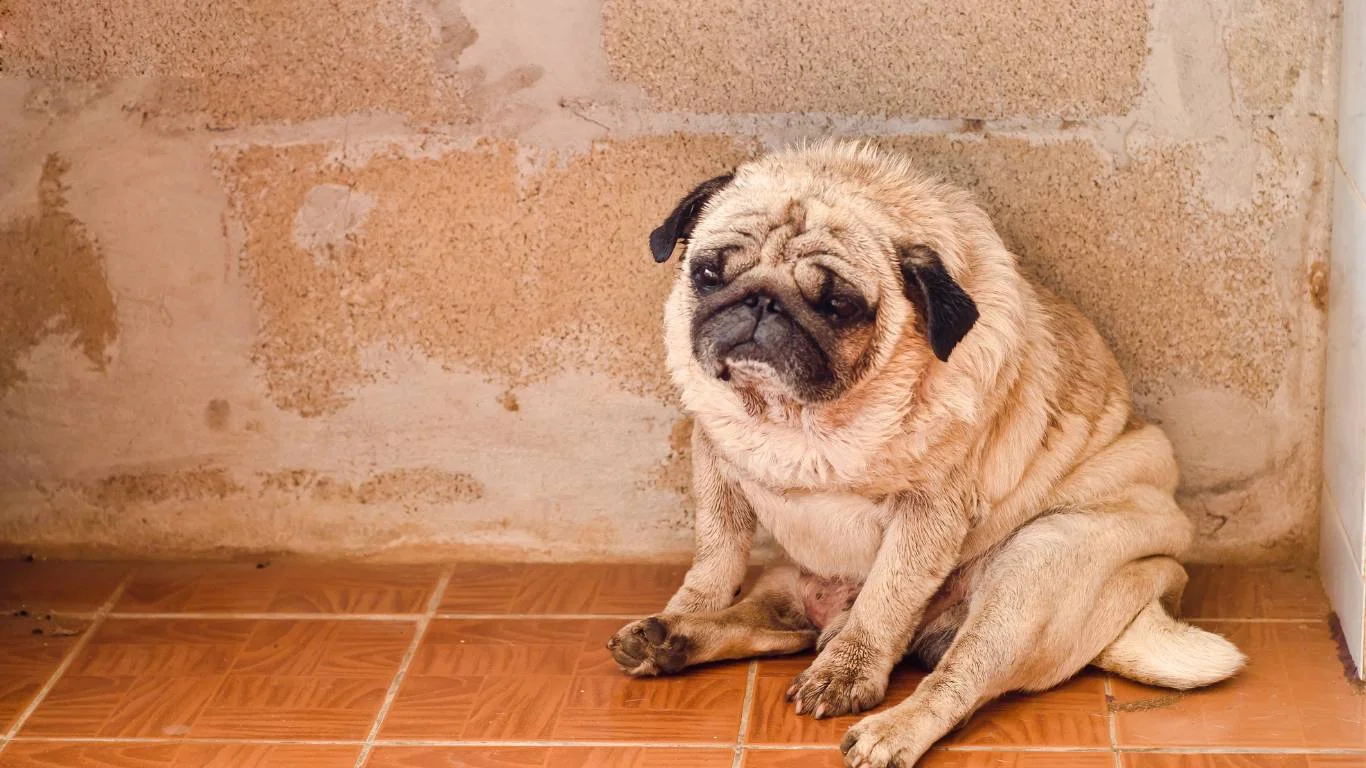
Preventing skin infections in wrinkly dog breeds isn’t just about scrubbing and feeding right—it’s also about creating a lifestyle that supports healthy skin long-term. Over the years working as a veterinary assistant, I’ve noticed that small, thoughtful changes can have an outsized impact.
Keep Your Pup Cool and Dry
Heat and humidity are a nightmare for wrinkly breeds. Their folds trap sweat, and bacteria love those warm, moist environments. During hot months, make sure your dog has a cool place to hang out—air conditioning or fans really help. If you notice your dog panting a lot or seeming restless, it might be time for a break from outdoor activities.
Regular Exercise—but Not Too Much
Exercise is vital for overall health, but too much can cause excess sweating and moisture buildup in folds. Find a balance with shorter, more frequent walks rather than long, intense sessions. Plus, regular exercise helps maintain a healthy weight, which reduces the pressure on folds and skin, lowering irritation risks.
Stress Reduction
Stress might not be the first thing you think about when it comes to skin infections, but it definitely plays a role. Just like in humans, stress can weaken the immune system and worsen skin conditions. I always encourage pet parents to provide a calm, loving environment. Sometimes that means more cuddle time or mental enrichment games to keep your furry friend relaxed and happy.
When Surgery or Medical Treatments Are Needed
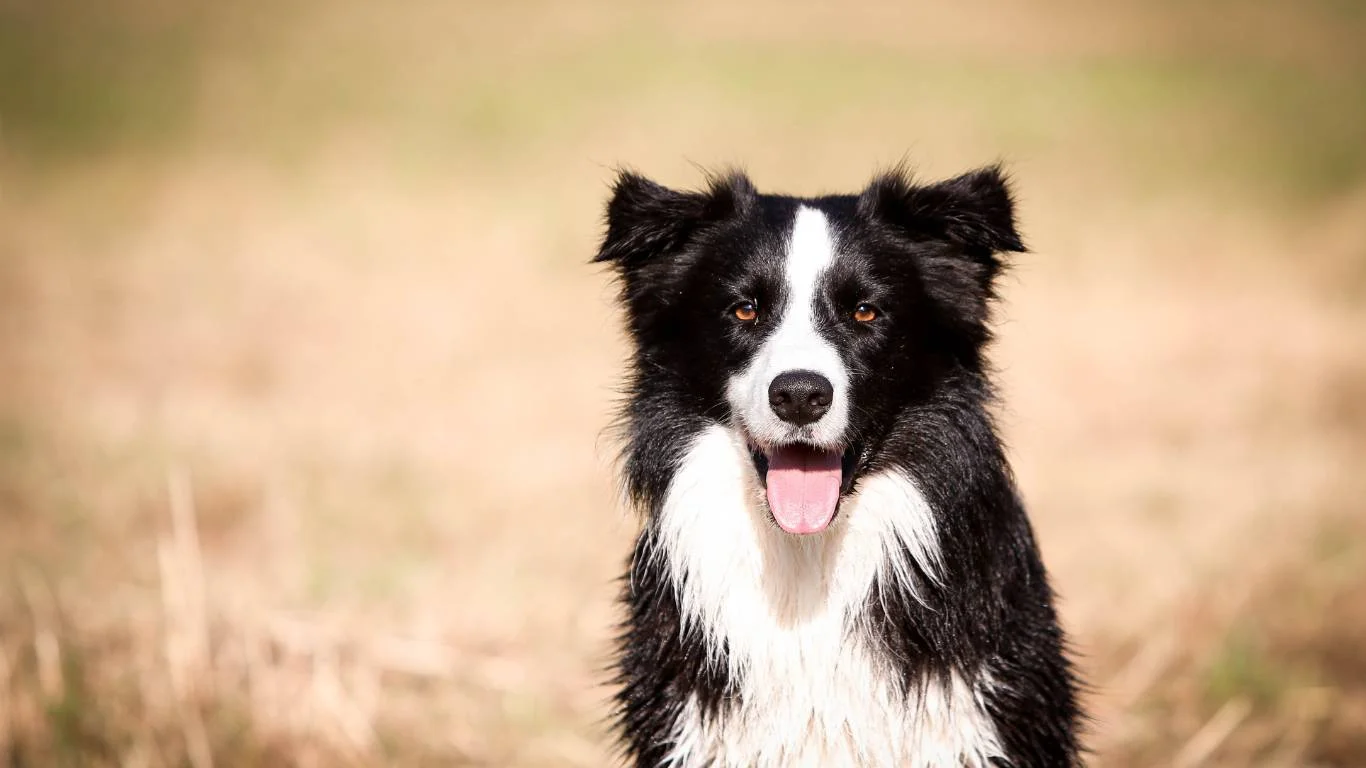
Despite best efforts, some wrinkly dogs may need medical intervention to keep skin infections at bay. It’s important to know this isn’t a failure on your part—some breeds are just genetically prone to folds that cause chronic issues.
Common Medical Options
- Prescription Medicated Shampoos – These contain antifungal or antibacterial agents tailored to stubborn infections
- Topical Antibiotics or Antifungals – Applied directly to affected areas to clear up infections quickly
- Surgical Fold Reduction – For severe cases, vets might recommend removing excess skin to reduce folds and improve airflow
I once helped care for a Bulldog patient who had frequent infections despite strict home care. His vet eventually suggested a minor surgical procedure to reduce some of his facial folds. The recovery was smooth, and it drastically cut down his infection frequency—something the owners were thrilled about. Always talk to your vet about what’s best for your dog’s specific situation.
Wrapping Up Your Wrinkle Care Routine
At the end of the day, how to prevent skin infections in wrinkly dog breeds boils down to attention, patience, and a little bit of trial and error. From daily cleaning and careful bathing to diet and lifestyle tweaks, you’re building a fortress against those pesky infections. And trust me, the love and care you invest will pay off in a happier, healthier pup who’s ready to snuggle without irritation.
If you ever feel overwhelmed or unsure, never hesitate to reach out to a veterinary professional. They’re your best ally in tailoring care specifically to your dog’s needs.
References
Disclaimer
This article is for informational purposes only and does not replace professional veterinary advice. Always consult your veterinarian for diagnosis and treatment options specific to your pet’s health condition.
